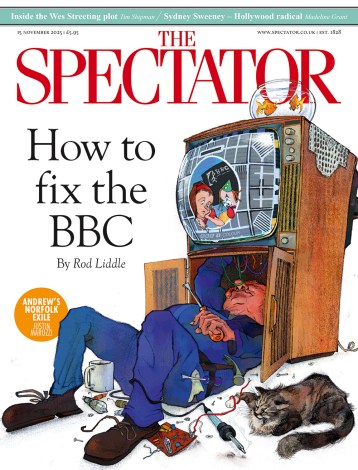I used to think we had five senses — sight, hearing, taste, smell and touch. And I used to think I knew how they worked. Using specialised instruments, such as eyes, ears and fingertips, they gave us information about the outside world. I imagined that the eye saw things, and then told the brain what those things looked like. I imagined that the fingertips touched things, and then told the brain what those things felt like. But now, every time I look at a book on neuroscience, I see that this nice cosy picture is absolutely wrong.
Before I continue with this line of thought, let me say that this book is about the sense of touch, it’s by a professor of neuroscience at the Johns Hopkins School of Medicine, and it’s excellent. It will tell you why footballers hug each other when a goal is scored, why they are like vampire bats in this respect, and why some people like being the recipients of anal sex while others don’t. David Linden tells us all of this with exactly the right degree of scientific dryness.
Getting back to what I was saying before: it’s not quite true to say that when you touch something, the nerve endings in your fingertips tell your brain what it is. It’s more like when you touch something, your brain tells your fingertips what it should feel like. As Linden puts it, ‘Context is key in sensory experience.’ One example he uses is the caress of a lover versus that of a doctor —one feels great, the other not so great. That’s because, in each case, your brain is telling your body how to feel about the caress. Similarly, if you play the violin for thousands of hours, your fingers will begin to feel the contours of the strings in much more detail. That’s because the area of the brain relating to your fingertips will have grown in complexity. If you touch the same thing a lot, it begins to feel like a different thing.
So why do footballers hug each other? It’s all to do with grooming. Think of primates stroking each other’s backs. It’s not just about getting rid of lice. It’s about sending signals of approval and solicitude. Hugging team mates improves their performance. Even worms do better when they think they’re having contact with other worms. Linden tells us about lots of clever experiments, featuring various types of animals.
He’s also very good and clear on the raw neurology, which has a horticultural feel — the Merkel discs and Meissner corpuscles just under the skin, the onion-like Pacinian corpuscles and the Ruffini endings, which look like mushrooms, further down.
He tells us about vampire bats. They need to ingest the blood of another animal very regularly, otherwise they collapse and die. But sometimes they return to their bat-caves hungry and sick. That’s where grooming comes in. Bats that stroke each other form bonds; if one bat is dying of hunger, a bat he’s bonded to will regurgitate blood into his mouth, so he can get through the night. As Linden puts it, ‘I’ll groom you, and you’ll vomit blood down my throat. Next time, in the spirit of reciprocity, maybe I’ll do the same for you.’
There’s a detailed study of sex organs. We know that men have a high density of nerve endings in the penis, and that women have a high density in the clitoris. ‘But,’ says Linden, ‘when we look at the fine branching patterns of the nerves, and the distributions of the nerve endings, individual variation becomes apparent.’ He then says:
Comparing two women, one might have somewhat fewer genital end bulbs in her external clitoris but more in her labia minora and anus. Comparing two men, one might have more free nerve endings in his prostate but fewer in his scrotum.
Which leaves an interesting question. Linden asks:
If one regularly engages in anal sex, will that expand the cortical representation of the anus and rectum in much the same way that daily violin practice extends the sensory map of the fingering hand?
But science cannot tell us the answer. ‘These questions,’ says Linden, ‘remain to be addressed.’
Available from the Spectator Bookshop, £13.99 Tel: 08430 600033






Comments